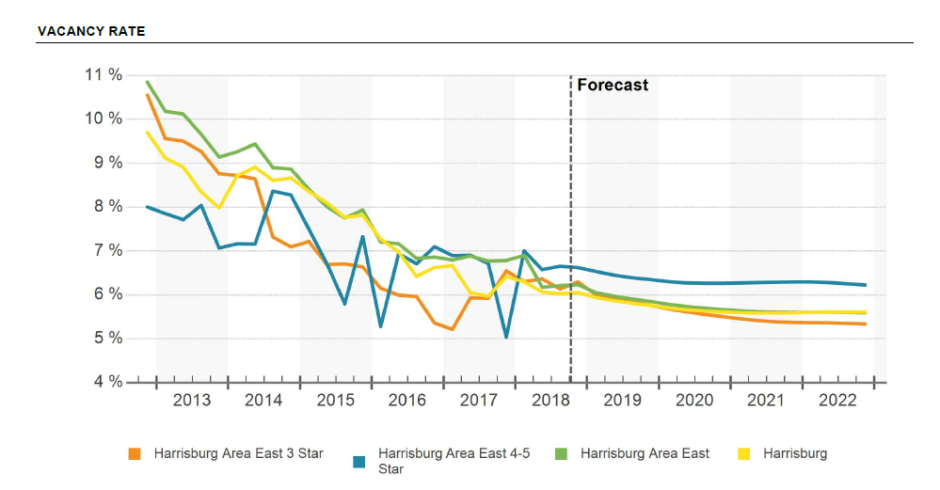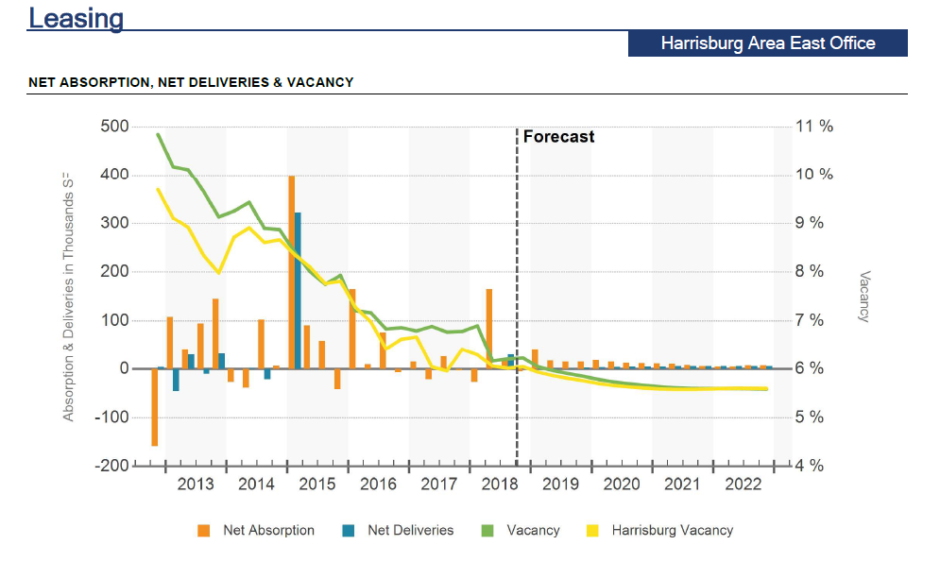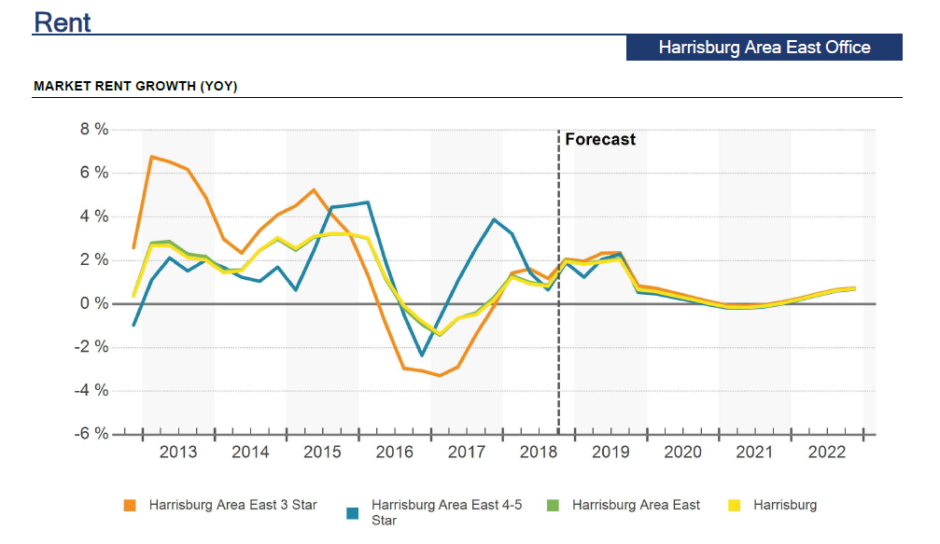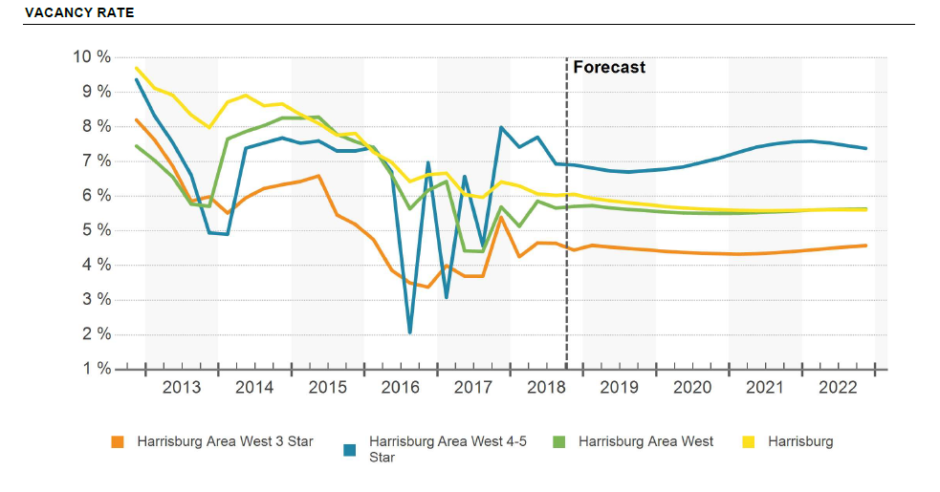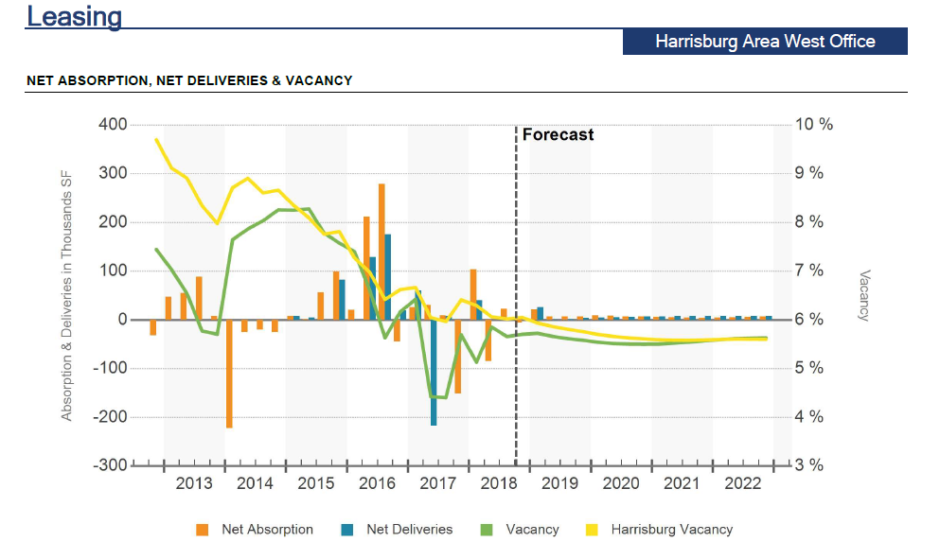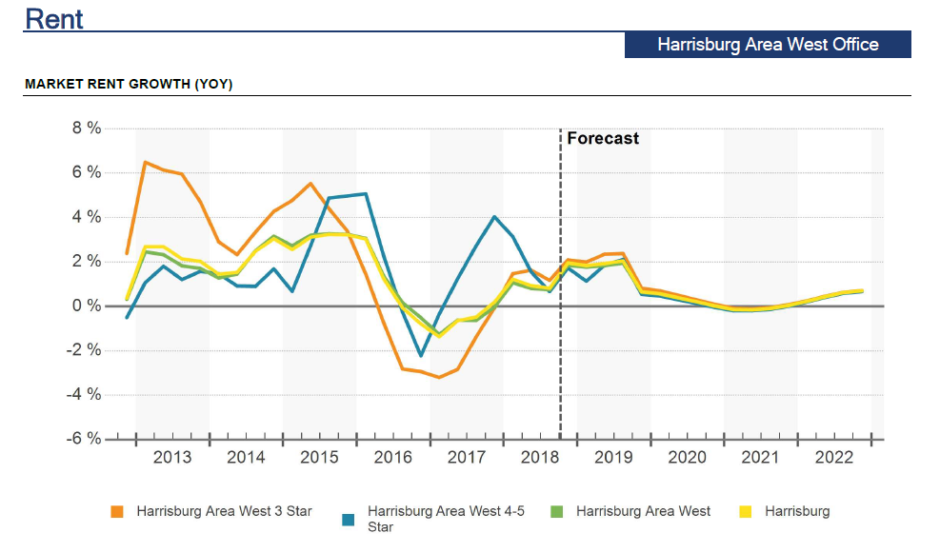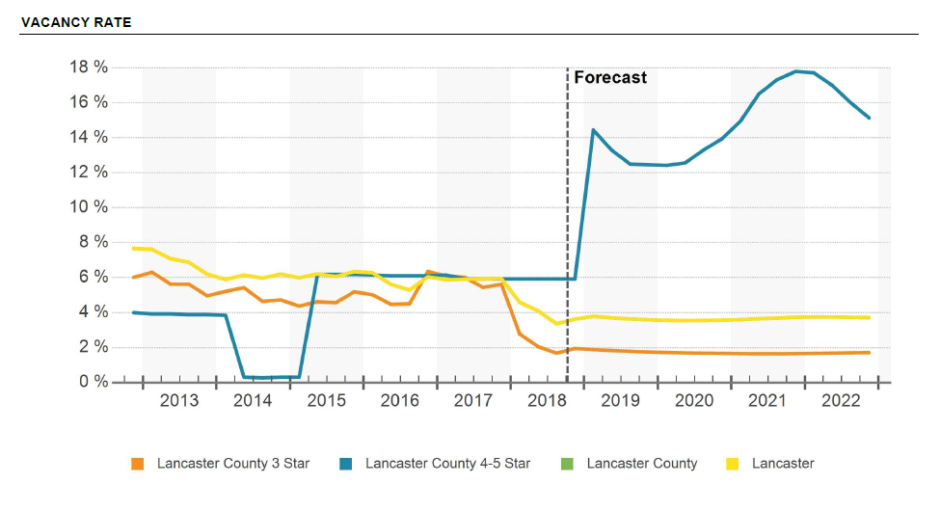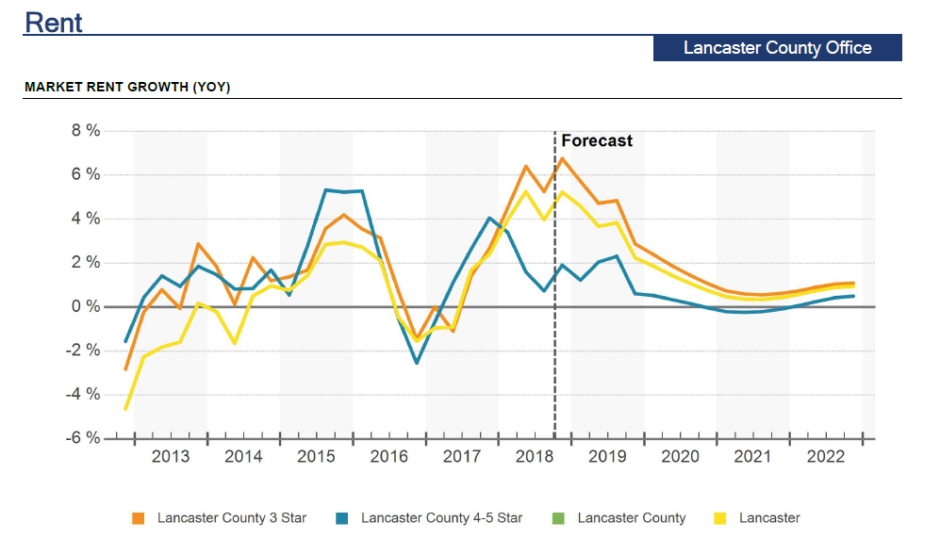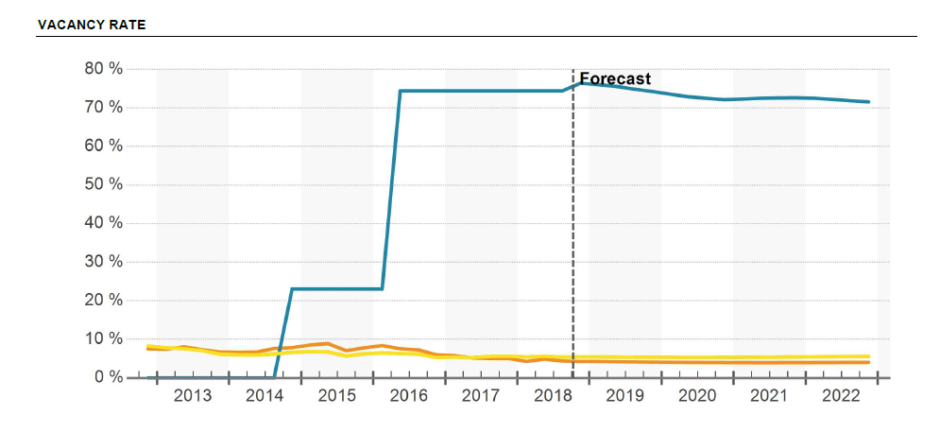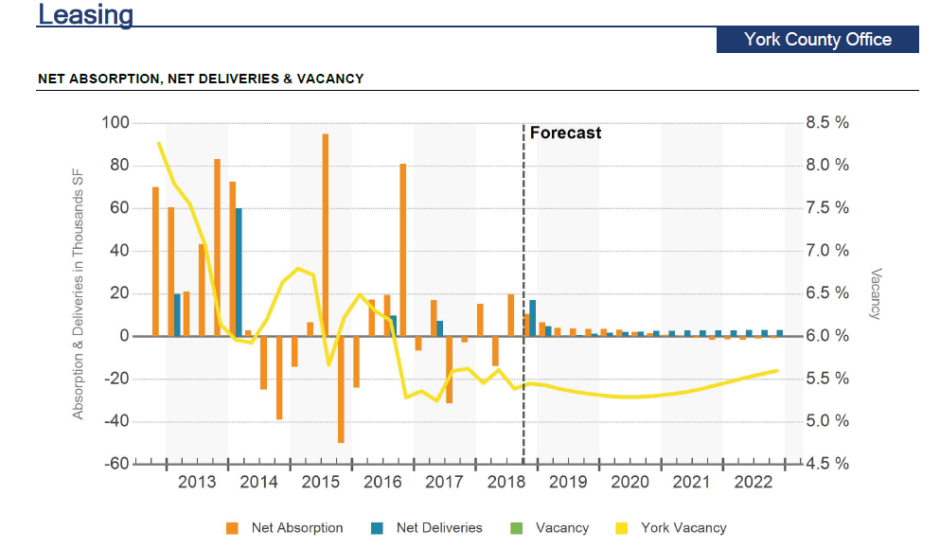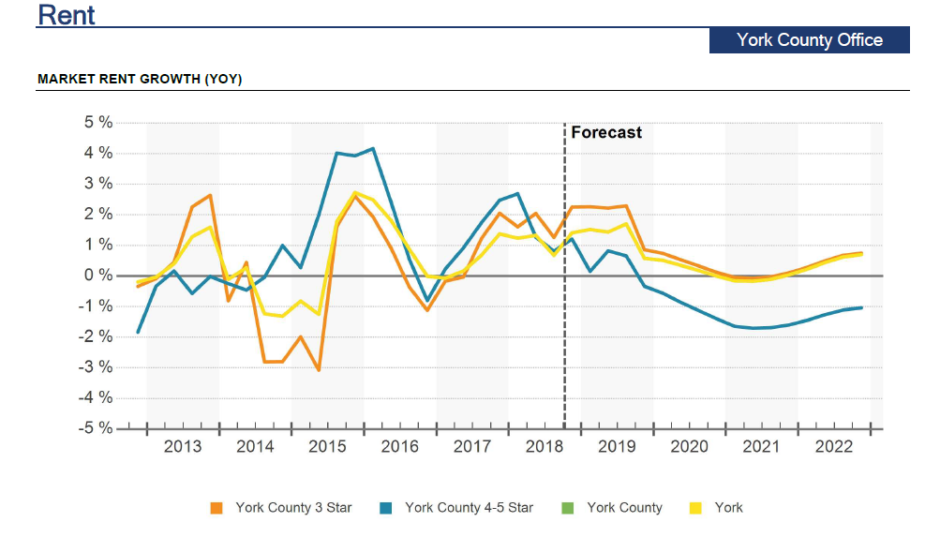According to a new study, more than 90% of companies expect the disruption of global supply chains caused by the pandemic to have long-term effects on their businesses. This has caused manufacturers to closely examine various aspects of their businesses and consider what may need to change, possibly permanently, to adjust to the new COVID-19 reality we are living in.
Furthermore, businesses have begun to realize the importance of continuously monitoring their suppliers, especially those overseas, for risks and disruptions as they try to accommodate many personnel issues, supply chain disruptions, and uncertainty in general.
Keep reading to learn what this new survey and other news sources are reporting about the change to manufacturing and supply chain businesses as the result of the pandemic, and how these changes stand to impact the commercial real estate market.
Widespread Impact in a Variety of Areas
Respondents to the survey estimated that on average about 43% of their entire supply chain suffered some kind of interruption. For the majority of respondents, this was due to fluctuation in supplier pricing and safety restrictions causing orders to be paused or slow to fill. The next most common interruption was the need to find suppliers in other geographic regions due to import/export restrictions, followed by the challenge of suppliers going bankrupt. Many manufacturing businesses didn’t experience just one of these interruptions, but a combination of several which made for an exceptionally chaotic time when COVID-19 first hit. Now that the world has gone on to accept where we are the new reality, at least for the foreseeable future, manufacturing and supply chain industries are shifting from short-term considerations to long-term changes that will make them more stable in the future to sustain a global event in the future.
What this means for commercial real estate: As businesses are reacting to the widespread impact of COVID-19 on manufacturing and supply chain operations, there is a valuable opportunity for commercial real estate owners and investors here in the United States to position their properties as solutions for addressing these changing needs. Businesses may need more space, or a different configuration of space to accommodate their new systems and processes. The more flexible CRE professionals can be with their space, the more they will be able to attract new tenants and even expand their portfolio.
Shift to Reshoring and Nearshoring
In an effort to learn from what this pandemic has already taught us, manufacturing businesses have shifted their focus toward solutions that stand to reduce risk and protect against future shocks as of the likes of COVID-19. Many businesses are taking steps toward retooling their supply chain, and one major shift in mindset is reshoring or nearshoring manufacturing that was once offshore. Reshoring is the process of bringing back overseas supply chain operations to the country of origin and nearshoring is the process of bringing supply vendors closer to the point of origin, from farther overseas destinations. Reshoring and nearshoring an operation’s most vital materials reduces the risk of being held hostage by offshore suppliers.
In that same survey, 97% of respondents said they agree that better visibility into their suppliers is imperative. When various components of a business are broken up and distributed all across the globe, it can be nearly impossible to keep your thumb on all aspects of operations and it can make it harder for these points of operations to communicate effectively with one another. Now more than ever, businesses are seeing the value of keeping their operations within the same country, if and when it’s possible.
What this means for commercial real estate: For commercial real estate owners and investors, this means the demand for industrial space is going to rise. As businesses look to retool their supply chain and bring components back to the United States, they will inevitably seek more warehousing and manufacturing space to accommodate their growing needs.
The Smartest Businesses Are Acting Now
In such a challenging environment, the most forward-thinking businesses are not wasting time addressing vulnerabilities in their supply chains. Many respondents (98%) are planning to take some kind of action to build resilience against future disruptions – and the top courses of action are identifying and employing alternative suppliers, continuous monitoring, and increasing reshoring capabilities. Additionally, diversifying or localizing supply chains are a way to reduce costs, as well as better prepare for future economic disturbances.
What this means for commercial real estate: Now is the time to position your CRE assets as solutions for manufacturing and supply chain businesses. If your space is a fit for such needs, you should market it as such. Be direct in the unique benefits your space can provide a business. For industrial businesses, this means a large and functional space located conveniently for transportation. The Central Pennsylvania region is accessible to major cities and transportation hubs on the East Coast. Commercial real estate space along the I-81 and I-83 corridors will benefit from any beefing up of supply chains and logistics in this area.
With the impact of COVID-19 causing many manufacturing businesses’ to change how and where they make, store, and transport goods, the silver lining is that the Central Pennsylvania is likely to experience an increase in demand for industrial and manufacturing space. This will in turn drive new construction, bring more jobs to the area, and strengthen the overall economy. This is not to overlook the many significant challenges the pandemic has caused to all industries, but it’s at least one path that is headed in the right direction, particularly for industrial real estate in Central PA.
Do you have a question or idea related to manufacturing, commercial real estate, and COVID-19? Join the conversation by leaving a comment below.







